8.6 /10 1 Votes8.6
100% Rotten Tomatoes Music by Phillip Miller | 7.8/10 IMDb 7.7/10 TV First episode date 7 January 2015 | |||||||||||||||||||||||||||||||||
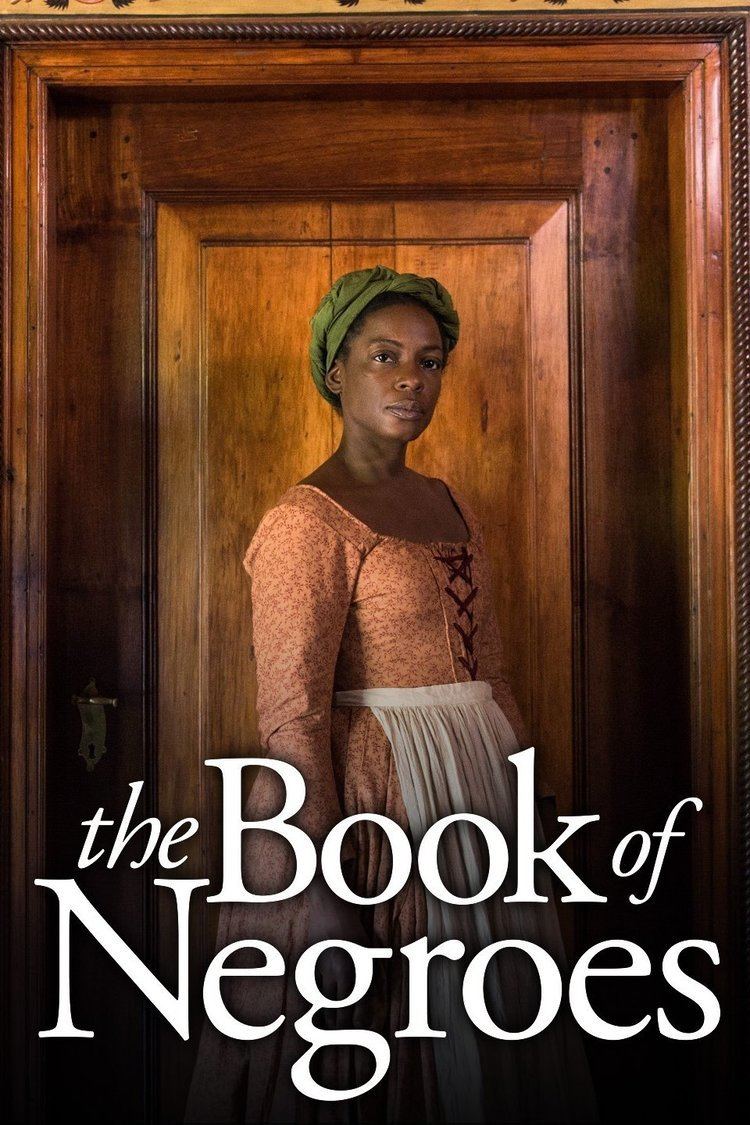 | ||||||||||||||||||||||||||||||||||
Starring Aunjanue EllisLyriq BentCuba Gooding Jr.Louis Gossett, Jr.Ben ChaplinAllan HawcoGreg BrykJane Alexander Awards Canadian Screen Award for Best TV Movie or Limited Series Cast Aunjanue Ellis, Cuba Gooding Jr, Louis Gossett Jr, Lyriq Bent, Ben Chaplin Profiles | ||||||||||||||||||||||||||||||||||
The book of negroes pre mipcom world premiere screening trailer
The Book of Negroes is a miniseries based on the novel of the same name by Lawrence Hill. The six-part miniseries derives its origins from the historical document Book of Negroes and tells the story of a woman forcefully brought to South Carolina from West Africa at the time of the American Revolution. Clement Virgo and Hill collaborated on writing the miniseries, with Virgo also directing.
Contents
- The book of negroes pre mipcom world premiere screening trailer
- Lawrence hill creators on adapting the book of negroes for tv cbc connects
- Synopsis
- Real people and events
- Development and production
- Cast
- Ratings
- Reviews
- References
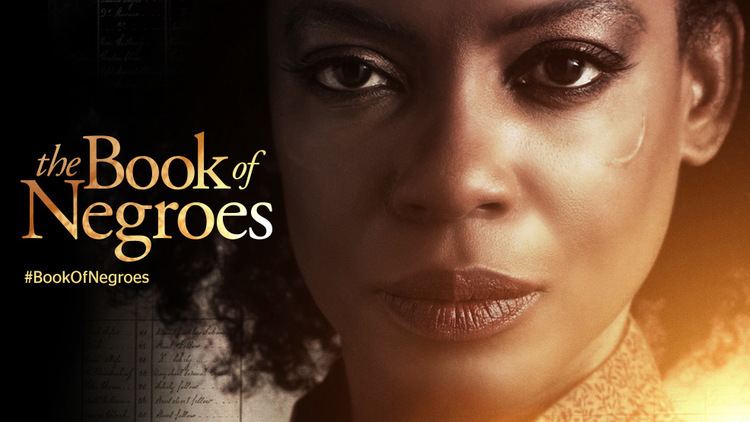
It premiered on CBC in Canada on January 7, 2015 and on BET in the United States on February 16, 2015.
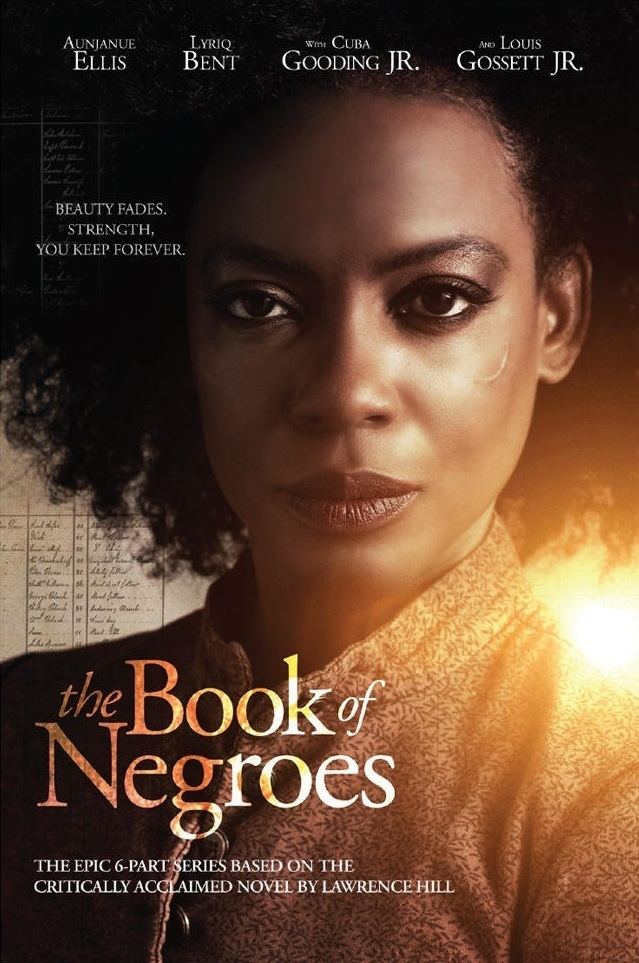
Lawrence hill creators on adapting the book of negroes for tv cbc connects
Synopsis
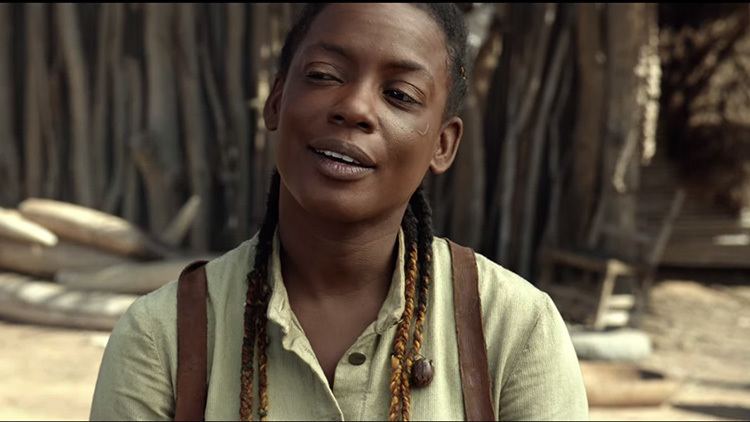
In 1750, eleven-year-old Aminata Diallo is abducted from her village in West Africa, placed in shackles, and sent across the ocean to be sold into slavery on a South Carolina indigo plantation. She falls in love and marries a fellow West African slave named Chekura but when their baby is brutally abducted and sold by jealous slave master, Robinson Appleby, Aminata vows to return one day to her homeland.
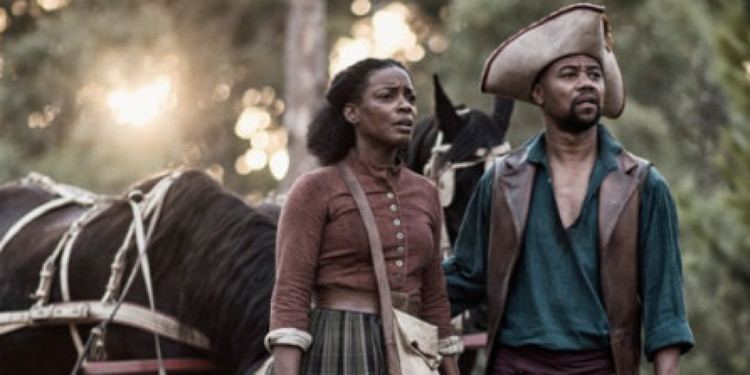
Solomon Lindo, a sympathetic indigo inspector, plucks Aminata out of Appleby’s enslavement and takes her to New York where she attempts a successful escape. Amidst the rising threat of the American War of Independence, she is recruited by Sir John Clarkson to help register names of Black Loyalists in a ledger known as The Book of Negroes, granting them freedom and passage to Nova Scotia.
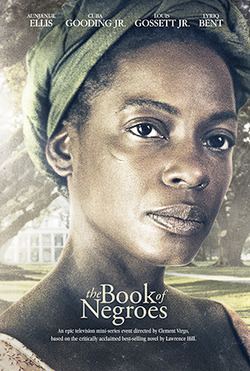
Separated from her husband, Aminata encounters more hardship in Nova Scotia when tensions flare between the White and Black communities over the scarcity of work in the Shelburne Riots. Aminata successfully petitions British abolitionists, who organize passage to Africa for 1,200 former slaves—a final voyage that will reunite her with her homeland and allow her to give voice to her life story.
Real people and events
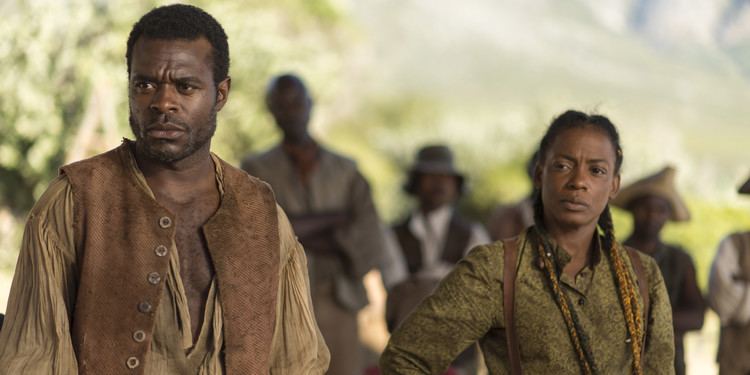
As mentioned above, the novel is based on a real document, the Book of Negroes. Many of the events and some of the people are likewise based on historical research. Wikipedia has articles on many of these. The Atlantic slave trade and slavery in Africa, the Middle Passage between Africa and the Americas on slave ships, and revolts onboard such as La Amistad, are all well-documented. The main character is Muslim: the history of Islam in Niger gives context to this.
When the proponents of the American Revolution, the Patriots, won the war, many of those on the other side, the Loyalists, decided to leave what had been the Thirteen Colonies, now the United States, for a new home elsewhere in British America. Tens of thousands of these refugees came through New York City, where their evacuation was processed by the British Army, leading up to Evacuation Day on 25 November 1783. The Book of Negroes was created in order to ascertain which former slaves were eligible to leave; it was assembled by Samuel Birch, the namesake of Birchtown, Nova Scotia, under the direction of Guy Carleton, 1st Baron Dorchester. (For more background, see Dunmore's Proclamation, a 1775 promise by the royal governor of the British Colony of Virginia to grant emancipation (freedom) to slaves who left revolutionary masters.)
Aminata's first owner, Appleby, is based on a business partner of Henry Laurens in one of the largest slave trading companies. Solomon Lindo, the Jewish indigo inspector, was an ancestor of Chris Blackwell (born 1937), the British-Jamaican founder of Island Records. "Daddy Moses" was Moses Wilkinson. One of Aminata's supporters in New York Town is Samuel Fraunces, owner of the Fraunces Tavern.
The naval officer who helped the community in Nova Scotia was John Clarkson, younger brother of the more famous Thomas, one of the central figures in the abolition of slavery in England and the British Empire. Thomas Clarkson and William Wilberforce, along with other members of the Society for Effecting the Abolition of the Slave Trade, had incorporated the Sierra Leone Company, to resettle some of the Black Nova Scotians; Lieutenant Clarkson’s charge was to find volunteers. One of the Black Loyalist leaders he worked with was Thomas Peters; together they gathered a group of close to 1,200 who wanted to leave for better opportunities in Sierra Leone. After a harrowing transatlantic passage, the flotilla of 15 ships arrived in March 1792. This group, who became known as the Nova Scotian Settlers, established Freetown, the capital city.
Aminata's journey to London and her biography have precedents in the life stories of men such as Ignatius Sancho and Olaudah Equiano. Her daughter's time there as a domestic worker fits into the history of the Black Poor.
Development and production
The title of the series and the novel is derived from an historical document which records names and descriptions of 3,000 African-American slaves who escaped to the British lines during the American Revolution and were evacuated by the British by ship to points in Nova Scotia as freed men. Clement Virgo and series producer Damon D'Oliveira purchased the rights to Hill's novel in 2009 and began work on a feature film script. CBC and BET came on board in 2010 to develop the feature script into a six-part miniseries.
The international co-production began shooting in February 2014 in Cape Town, South Africa. Filming also took place in various locations around Nova Scotia, Canada. This included the Fortress of Louisbourg portraying 18th century New York City and Canvas Town, Lunenburg harbour portraying New York harbour and Shelburne's Dock Street appearing as historic Shelburne. Filming was completed by the beginning of June 2014.
Prior to its television debut, the series had special cinematic screenings at the Marché International des Programmes de Communication and the Canadian International Television Festival.
Cast
Ratings
1.7 million Canadians tuned in to watch the first episode of The Book of Negroes, making it "the highest-rated original drama for the network since Road to Avonlea's Jan. 7 1990 premiere."
Reviews
Metacritic which uses a weighted average, assigned a score of 77 out of 100 based on 9 reviews, indicating "generally favorable reviews."
